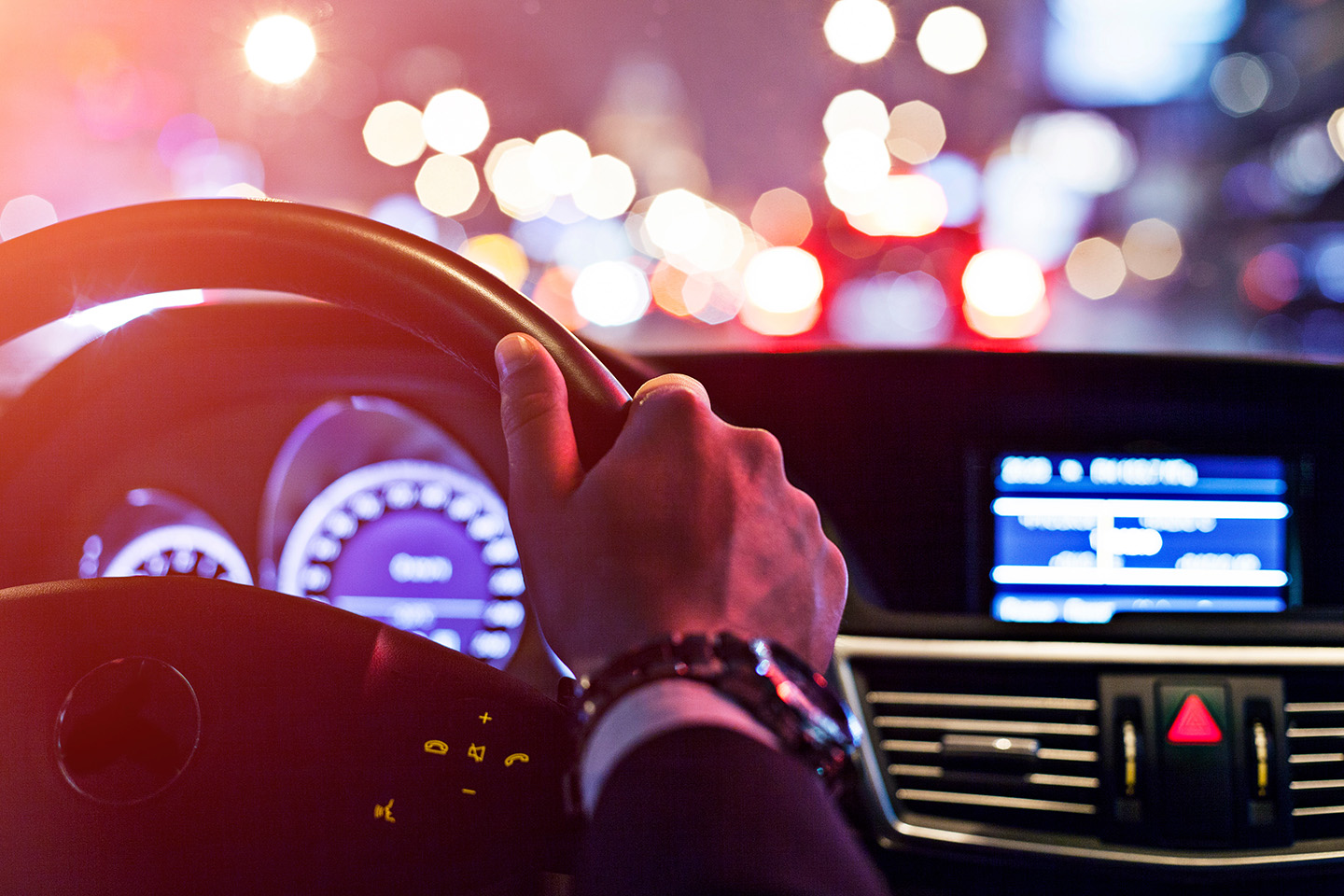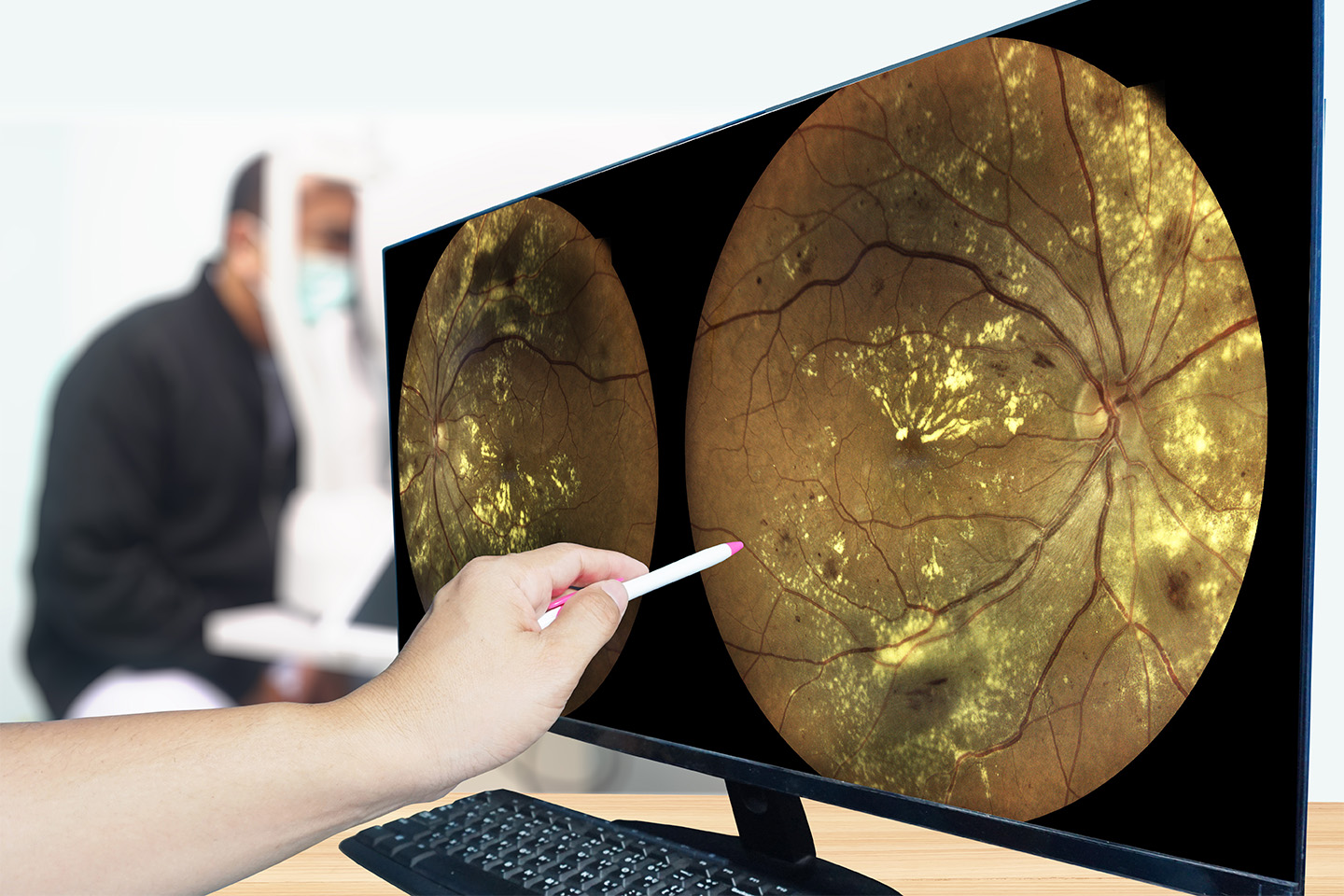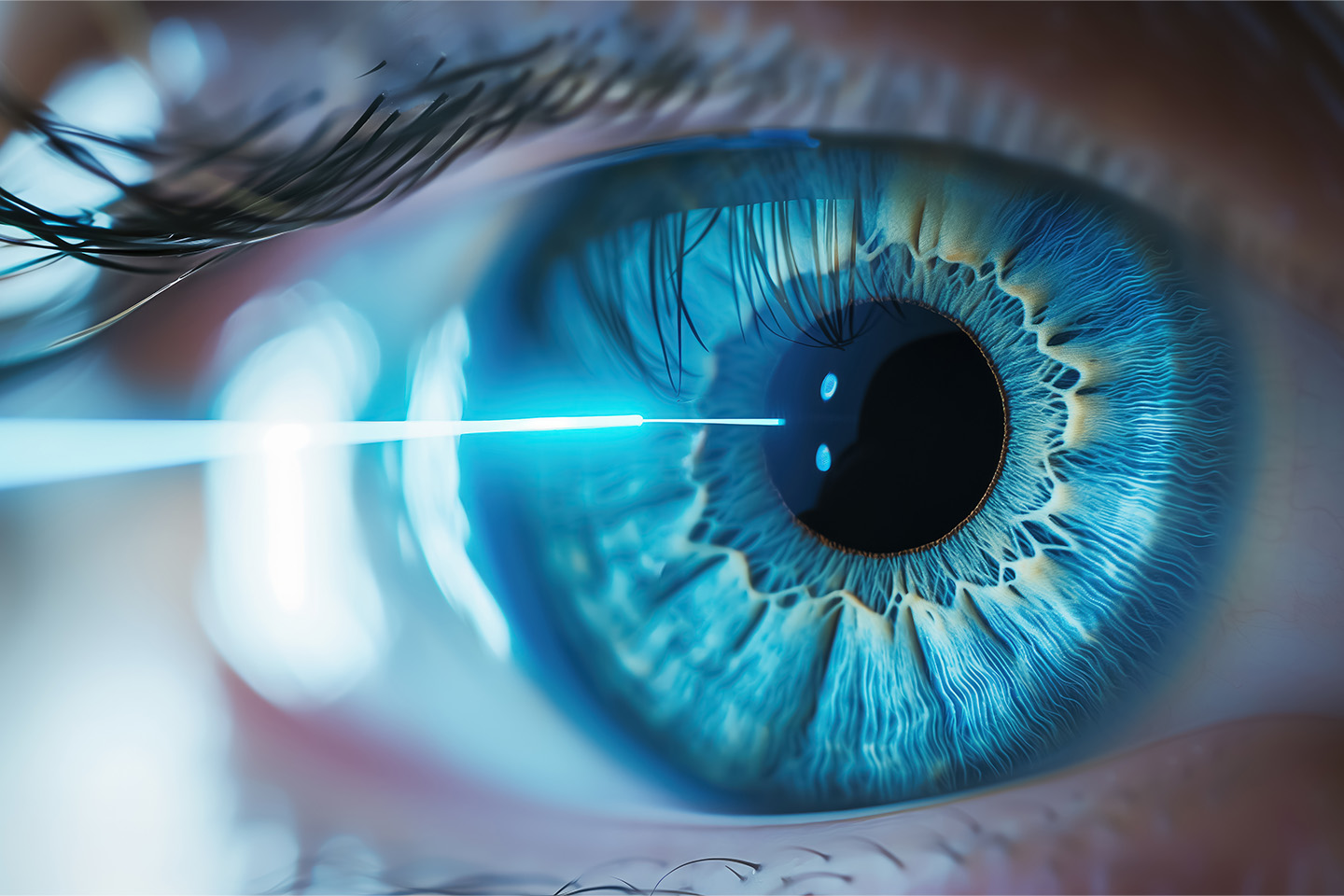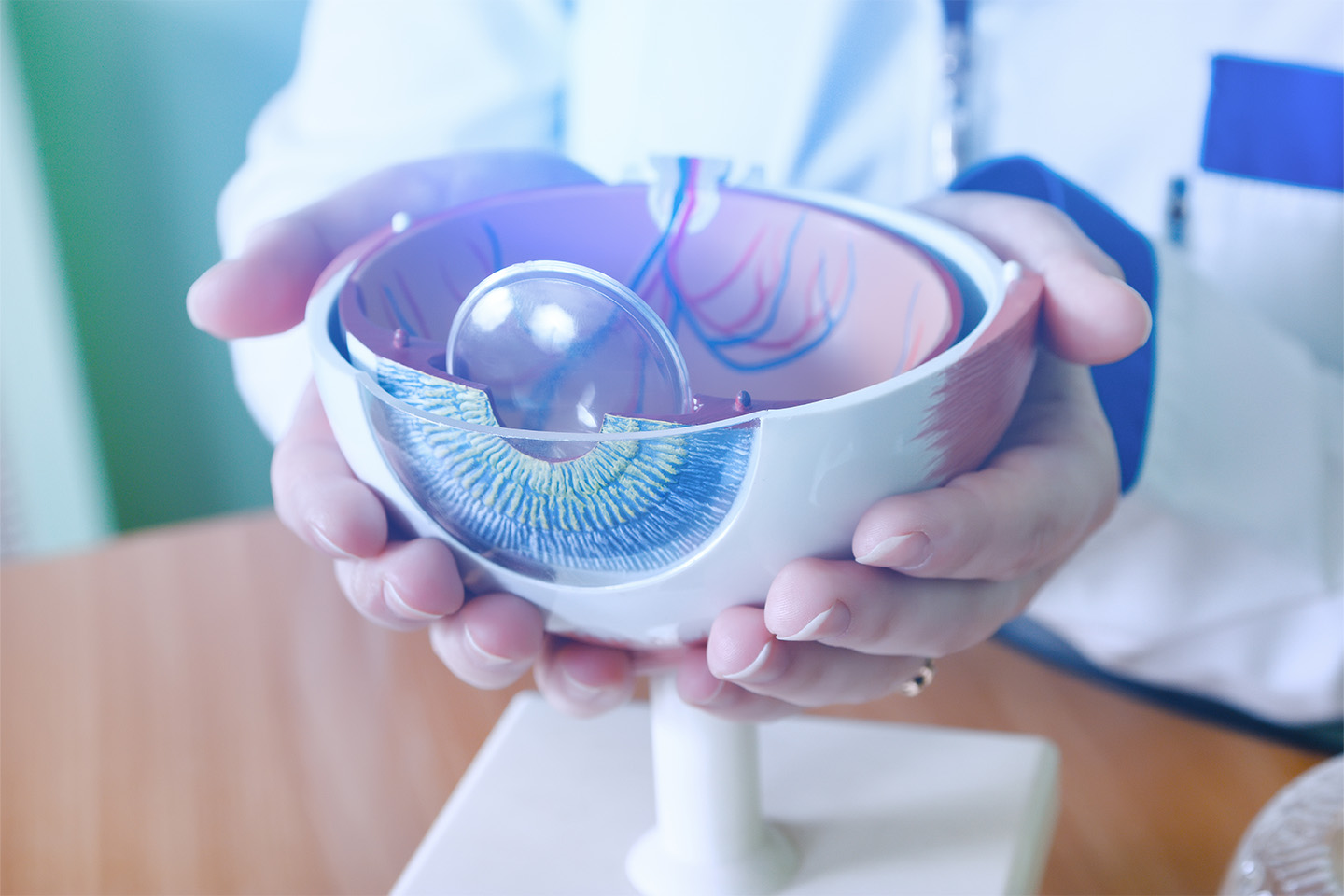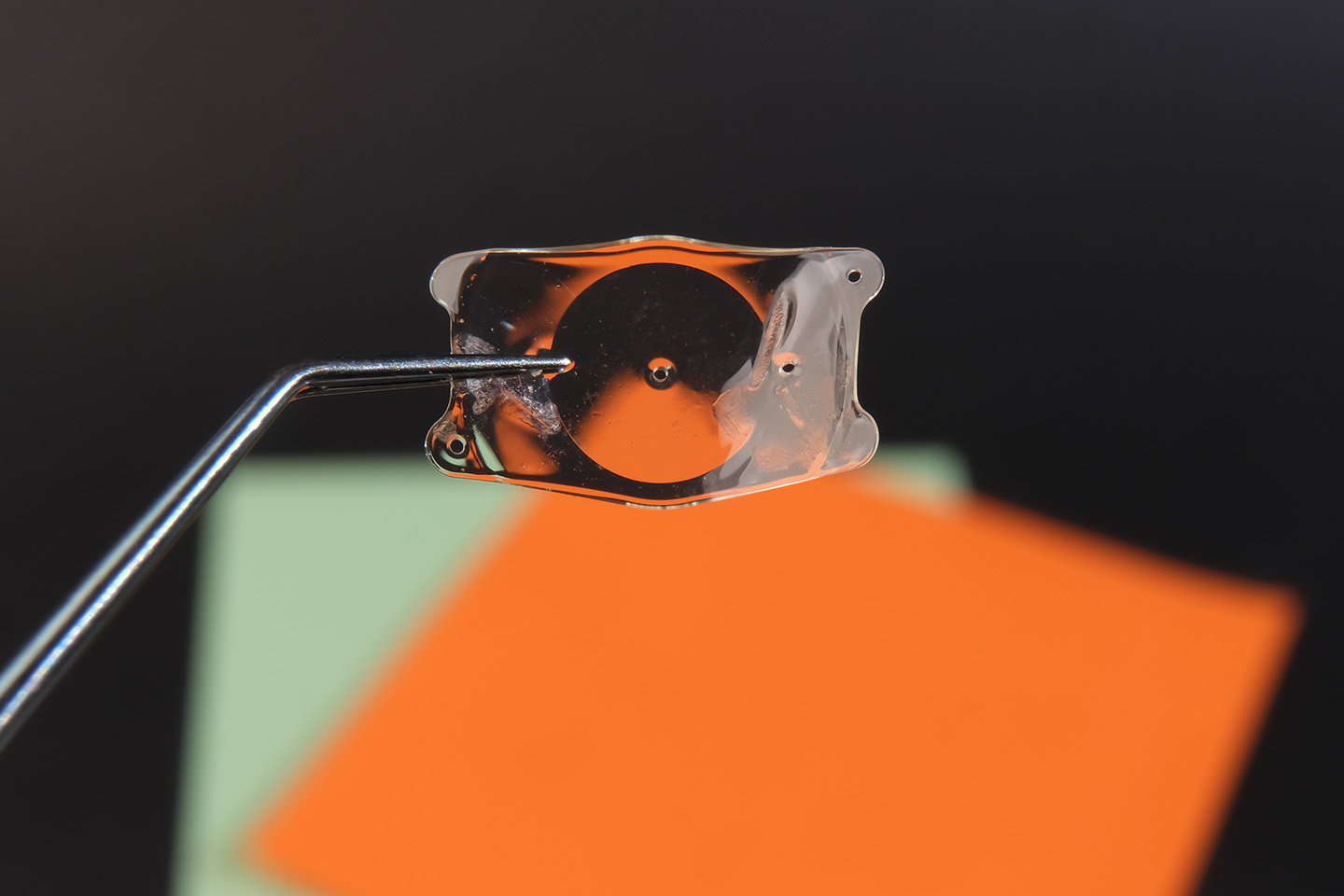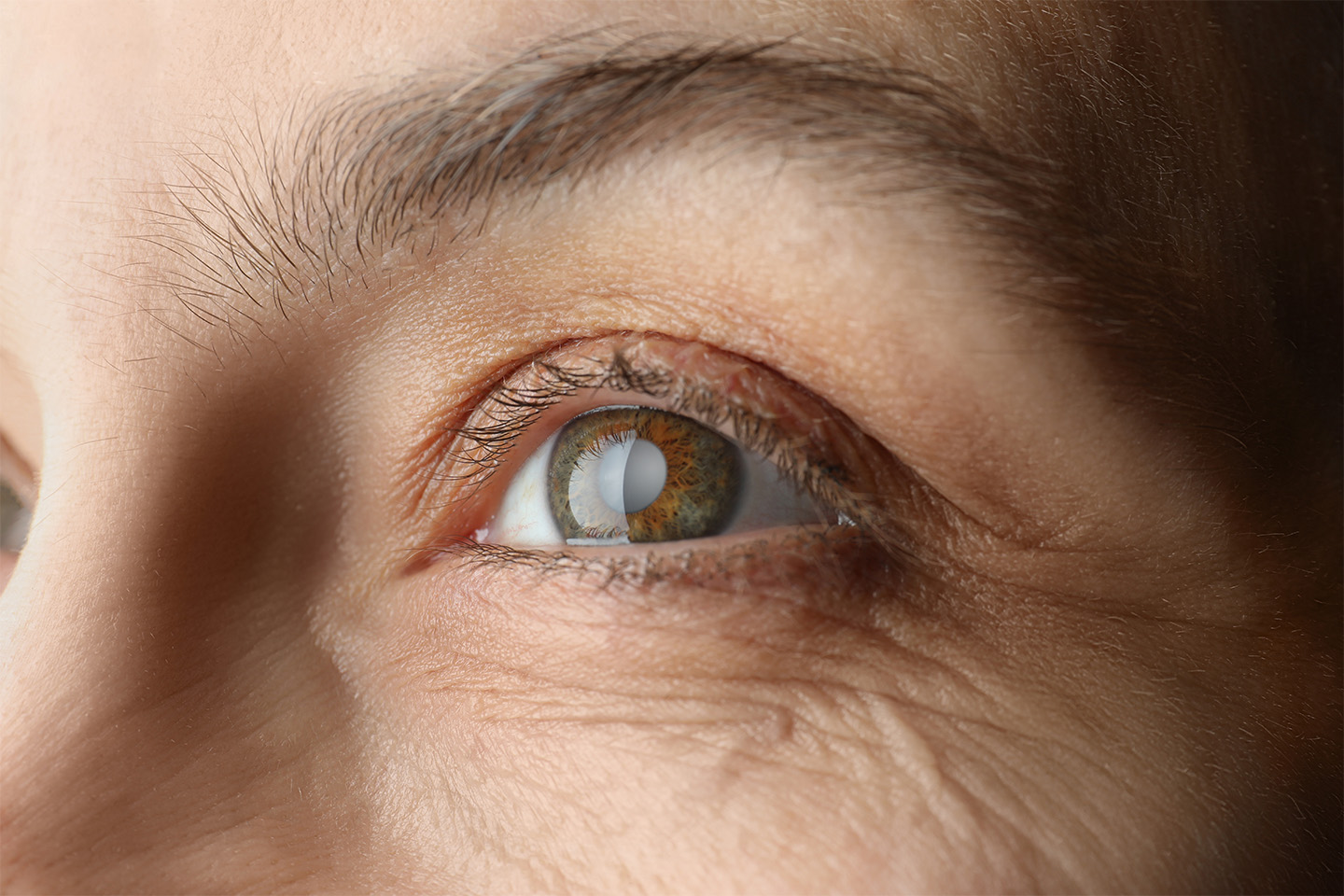What You Need to Know About Driving with Glaucoma
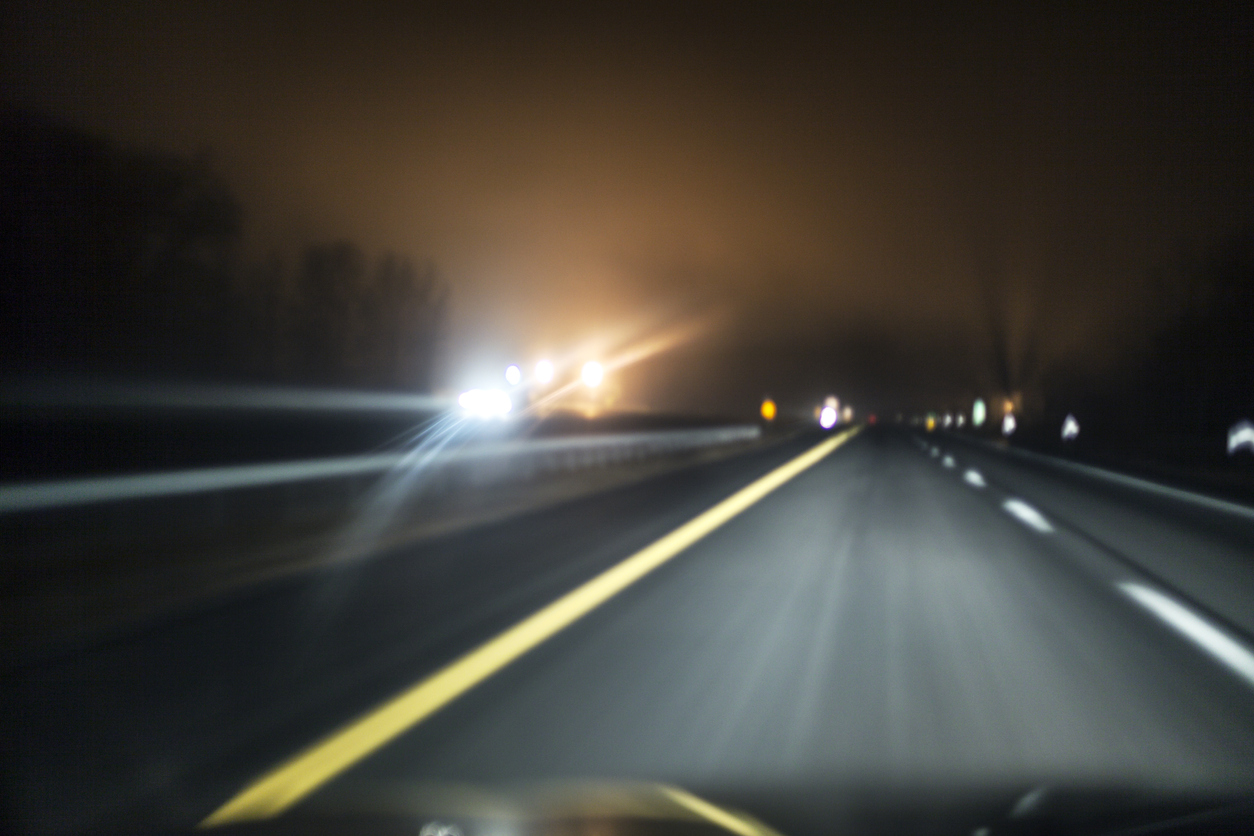
Glaucoma can hinder driving ability, but not everyone with the condition has to give up driving altogether.
When patients are diagnosed with glaucoma, they often wonder whether they’ll still be able to drive safely. Most evidence suggests glaucoma impairs driving skills, and if patients decide to continue driving, it’s absolutely necessary to check with a doctor before making any major decisions.
Glaucoma is a condition that damages the optic nerve as fluid builds up in the front part of the eye. Glaucoma builds gradually, and patients often don’t realize anything is wrong with their vision until the condition is quite advanced.
However, some of the earliest symptoms of glaucoma include difficulty seeing in the dark, sensitivities to bright light, and loss of peripheral vision. While these early signs don’t affect most daily activities, they can make driving quite difficult and even dangerous; changing lines, checking blind spots, and driving at night all become significantly more challenging. In fact, many patients realize they may have glaucoma while they’re behind the wheel of a car.
If you suspect that glaucoma is impacting your driving or the driving of someone close to you, here’s what you need to know.
Is Glaucoma Impacting Your Driving?
Because glaucomatous visual field loss doesn’t always immediately affect central vision, a patient with advanced glaucoma can still read a vision chart very accurately, offering no hint of their progressive vision deterioration. For this reason, changes in driving behavior may actually offer the first hint of severe glaucoma.
Watch out for the following signs that glaucoma could be hindering driving ability:
- Difficulty driving at night.
- Frequent lane boundary crossings.
- Difficulty maintaining lane position.
- Inability to match the speed of cars in neighboring lanes.
- Trouble driving around curves.
- Need to put on brakes to avoid hitting pedestrians or other vehicles.
- An increase in “near misses.”
If you’ve noticed more than one of these signs of glaucoma, you or your loved one should see an eye doctor. A vision specialist can assess whether glaucoma or another condition is causing impaired driving skills.
Legal and Medical Limitations for Drivers with Glaucoma
Not all patients with glaucoma have to stop driving — in fact, there are clear legal limits in place that outline exactly when patients should no longer get behind the wheel.
In Colorado, drivers’ license applicants must have at least 20/40 vision in either or both eyes, pass a screen for phoria (double vision), and exhibit a horizontal visual field of at least 110 degrees. Drivers who fail any portion of this test must have an eye exam report completed by their eye doctor.
The visual field test is most likely to trip up patients with glaucoma, as it tests for peripheral vision. If a patient fails the visual field test, their eye doctor may recommend certain restrictions, such as daylight driving only, driving only below a certain speed, or driving only in a set radius around their home.
However, even if you or your loved one is legally permitted to drive, it may not be wise to do so. Ultimately, if driving with glaucoma makes the driver and/or their passengers uncomfortable, it might be time to hand over the keys.
To discuss your options with a vision specialist, make an appointment with ICON Eyecare today. Our eye doctors can diagnose glaucoma and help you make an informed decision about your driving ability. Our first priority is keeping you and your loved ones safe. Contact us today.
[DISPLAY_ULTIMATE_SOCIAL_ICONS]